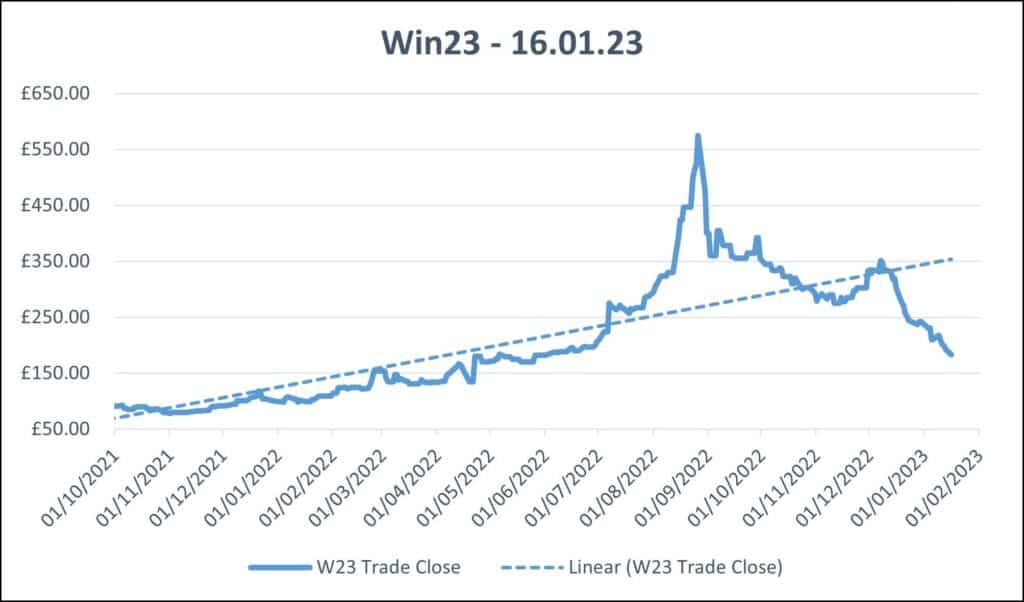Hear me out (put tin foil hat on).
TLDR; I wonder if I am the only one who noticed that Tesla now tends to recommend/insist you to charge your car for longer/more at Super Chargers, or am I deluded?
So I am not using SCs that often, let's say once in a month on average, when I have long trips.
However, what I remember, when I used to plot the trip including charging on the way, car used to add a charging stop in order to arrive to my destination with ~10% or so after the last charge. For example, it used to guide me that I need to charge for ~10 minutes in order to continue my trip.
Yesterday, while returning from London, I had to stop at Oxford SCs. it usually takes ~50% of my battery and I knew that I needed ~15% charge up in order to arrive at home with 10% SOC or so.
When I put my destination into the map t departure, the car offered me stop at Oxford SCs with 30 min stop to charge. Quite odd, I though, as usually it used to be like 10 minutes or 15 as recommended and then continue trip with arrival SOC at 10%.
nevertheless, when I was charging, I could see that "10 minutes of charge remaining in order to continue your trip" - the usual message I used to get. which is nice to have as we know.
However since I looked at my battery (60% charge) and still 5 minutes remaining, my trip planner showed that I will arrive with 10% SOC, and since I wanted to get back home earlier, I unplugged.
Suddenly, my arrival SOC became 35% (not 10%) - way more than I needed in reality.
*tin foil bit*
Now, with energy prices at the high, with SC pricing being at £0.69 per kwh during the peak, I find that it is quite profitable for Tesla recommend to charge for longer than it is needed.
If we take into account that tesla makes ~10p for each SC kwh (my assumption), and let's say you manage to get all cars to charge 10 kwh more every day than it is actually needed, with 1.000.000 cars using SCs daily, then you make 1.000.000 profit a day...
does your observations regarding recommended charging time differs from mine?!
TLDR; I wonder if I am the only one who noticed that Tesla now tends to recommend/insist you to charge your car for longer/more at Super Chargers, or am I deluded?
So I am not using SCs that often, let's say once in a month on average, when I have long trips.
However, what I remember, when I used to plot the trip including charging on the way, car used to add a charging stop in order to arrive to my destination with ~10% or so after the last charge. For example, it used to guide me that I need to charge for ~10 minutes in order to continue my trip.
Yesterday, while returning from London, I had to stop at Oxford SCs. it usually takes ~50% of my battery and I knew that I needed ~15% charge up in order to arrive at home with 10% SOC or so.
When I put my destination into the map t departure, the car offered me stop at Oxford SCs with 30 min stop to charge. Quite odd, I though, as usually it used to be like 10 minutes or 15 as recommended and then continue trip with arrival SOC at 10%.
nevertheless, when I was charging, I could see that "10 minutes of charge remaining in order to continue your trip" - the usual message I used to get. which is nice to have as we know.
However since I looked at my battery (60% charge) and still 5 minutes remaining, my trip planner showed that I will arrive with 10% SOC, and since I wanted to get back home earlier, I unplugged.
Suddenly, my arrival SOC became 35% (not 10%) - way more than I needed in reality.
*tin foil bit*
Now, with energy prices at the high, with SC pricing being at £0.69 per kwh during the peak, I find that it is quite profitable for Tesla recommend to charge for longer than it is needed.
If we take into account that tesla makes ~10p for each SC kwh (my assumption), and let's say you manage to get all cars to charge 10 kwh more every day than it is actually needed, with 1.000.000 cars using SCs daily, then you make 1.000.000 profit a day...
does your observations regarding recommended charging time differs from mine?!




